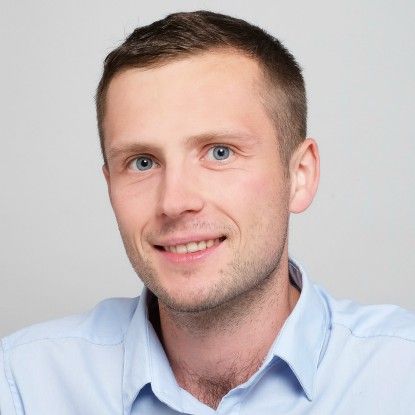In its second phase, the PAC project focuses on investigating the technical, political and societal framework conditions that must be established in order to implement an ambitious and rapid energy system decarbonisation. This energy transition must: increase the share of renewables; achieve high level of energy security; and, enable environmental compatibility, competitiveness and social fairness.
The PAC project is also a capacity building opportunity for stakeholders who wish to expand their knowledge of developing and modelling energy scenarios. The second phase of PAC will continue to facilitate discussions on pathways to reaching the 1.5°C Paris Agreement target between stakeholders who usually do not associate with each other.
The PAC consortium consists of Climate Action Network (CAN) Europe (+170 NGO members across Europe), European Environmental Bureau (EEB) (+170 NGO members across Europe), Renewables Grid Initiative (RGI) (15 NGO and 13 Transmission System Operator members) and REN21 (+80 members with an international focus from civil society, academia and research, governments, industry and intergovernmental associations).




